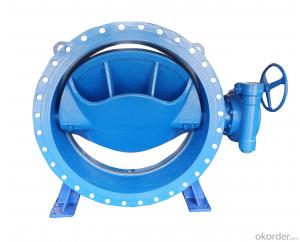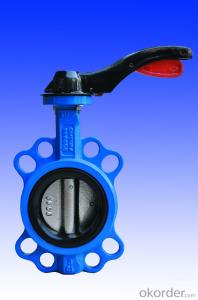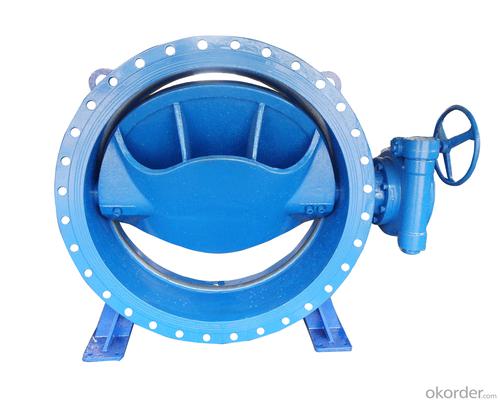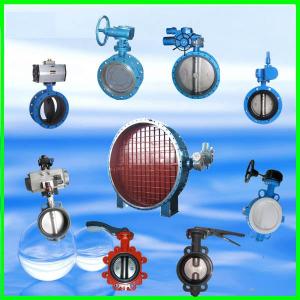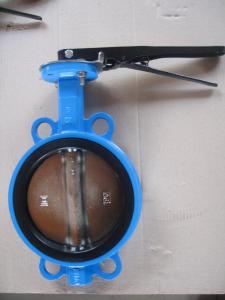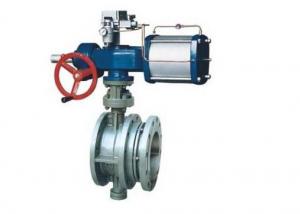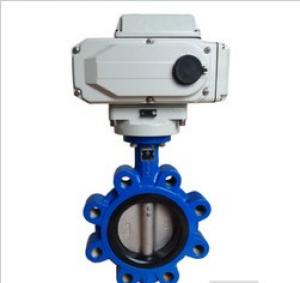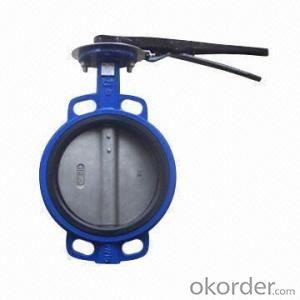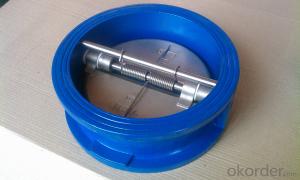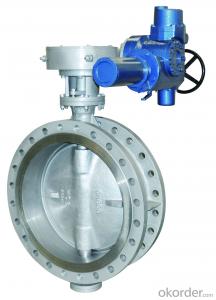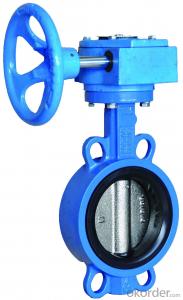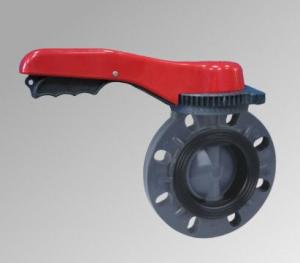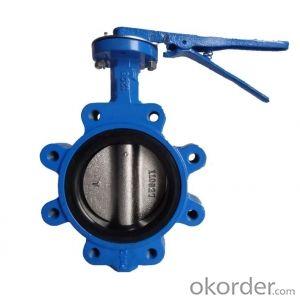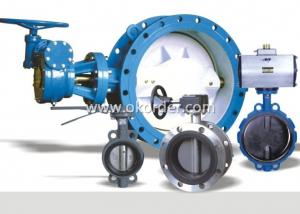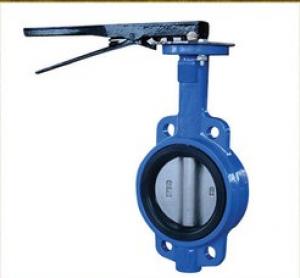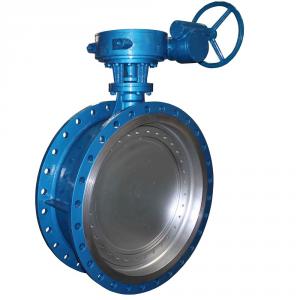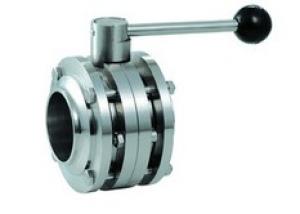valve of china 6900
- Loading Port:
- China Main Port
- Payment Terms:
- TT OR LC
- Min Order Qty:
- -
- Supply Capability:
- -
OKorder Service Pledge
OKorder Financial Service
You Might Also Like
Quick DetailsStandard or Nonstandard: Standard Structure: Gate Pressure: Medium Pressure
Power: Manual Material: Casting Temperature of Media: Medium Temperature
Media: Water Port Size: DN40mm-DN300 Place of Origin: China (Mainland)
Model Number: GF4 resilient gate valves: resilient seat flange
Packaging & DeliveryPackaging Detail: air plastic bag inside/wooden box outside
Delivery Detail: 15-60days
SpecificationsDIN3352 F4 resilient seat flange gate valves
1.size:DN40-DN300
2.medium:water
3.standard:DIN
4.certificate:ISO9001 CE
resilient gate valves
1.size:DN40-DN300
2.medium:water
3.certificate:ISO9001 CE
4.standard:DIN
available medium:water
working temperature:≤80oC
flange dimensions:DIN2501
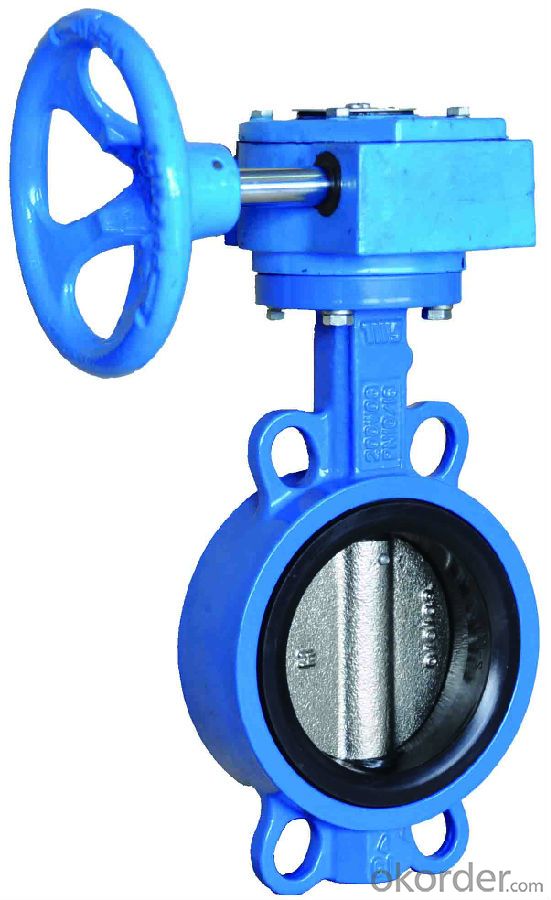
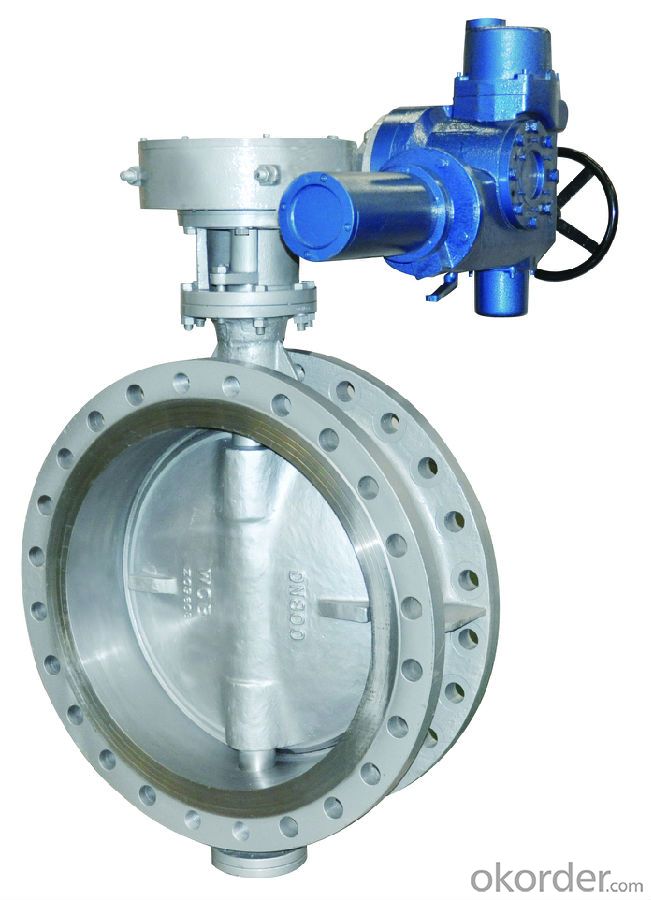
face to face dimensions:DIN3202F4.
- Q: I want to switch off the water in the bathroom only due to replacing sink taps, will water still come out of the pipe if i turn the stop valve
- Assuming that the stop valves are good, turning them off will stop the flow of water to the sink taps. To test them, turn on the water faucet at the sink, then turn off both stop valves. The water should stop coming out of the faucet. If it continues to drip, the stop valves are defective and should be replaced when you do the job. If this is the case you'll have to shut off the main water valve or a valve upstream of the stops to replace them. Good Luck
- Q: What's the difference between a clip on handle butterfly valve and a turbo butterfly valve? Where are they used?
- Depending on the size of the valve and the opening and closing torque, the transmission mode is different (handle or turbine).
- Q: Okay, so I've been thinking about trying to learn how to play my dad's baritone bugle, but I have no idea how to. If anyone had a good fingering chart for it, that would be great. The bugle has one valve and a trigger. I am a natural flute player and percussionist, so this is my first time playing a brass instrument. Needless to say I am very confused. Call me a noob, I don't care, as long as you get me a fingering chart for a 1 valve baritone bugle. Please help. :)
- Starting below the staff in treble clef - G - open (yeah, intonation heck) C - open D - valve (gap) F# - rotor G - open or valve (gap) Bb - Rotor valve B - Rotor OR valve (pick it) C - open C# - both D - valve D#(Eb) - rotor E - open F - valve F# - rotor G - open G#(Ab) - both (yech!) A - valve or rotor Bb - open or both B - valve or rotor C - open anything above C - dial it in. After seeing this, you'll know why going from G-D to G-F was such a radical improvement. After playing on this relic, you'll really appreciate what some of those corps had to do to sound good.
- Q: Model specification for butterfly valves
- Various classifications of butterfly valves1. classification by structure:(1) Central sealed butterfly valve(2) single eccentric sealed coal valve;(3) double eccentric sealed butterfly valve(4) three eccentric sealed stamp valve;
- Q: How can I get the fire signal butterfly valve?
- At the input end of the input module, some resistors or terminals are added to the product
- Q: What's the difference between turbine butterfly valve and manual butterfly valve?
- Butterfly (Manual butterfly) butterfly plate installed in the direction of the diameter of the pipe. In the butterfly valve body cylindrical channel, the disc shaped disc rotates around the axis. The angle of rotation is between 0 and -90 degrees. When rotating to 90 degrees, the valve is fully open.Butterfly valve structure is simple, small size, light weight, only by a few parts. The utility model can be rapidly opened and closed only by rotating 90 DEG, the operation is simple, and the valve has good fluid control characteristics. When the butterfly valve is in the fully open position, the butterfly plate thickness is the only resistance when the medium passes through the valve body, so the pressure drop produced by the valve is very small, so the flow control characteristic is better. Butterfly valve has an elastic seal and metal seal, two types of seals. Resilient sealing valve. The sealing ring can be mounted on the valve body or attached to the periphery of the disc.
- Q: How do hydraulic butterfly valves work?
- The valve hydraulic device is mounted on the valve drive shaft. The driving shaft of the valve is fixed with a transmission spline, and the crank (with an outer spline) is sleeved on the driving shaft. When the hydraulic system works normally, through the gear sleeve, the transmission spline is connected with the crank. Thus, the hydraulic cylinder drives the crank, and the spline on the crank passes the torque to the transmission spline by means of a gear sleeve. Because the driving spline is fixed on the driving shaft, the driving shaft rotates and drives the valve plate to start and close. Sorry, the picture doesn't come up
- Q: oil coming from valve into turbo charger
- depends on the year of the duramax, some do have a pvc valve one is on the valve cover on one year and on another year the valve is down at the bottom of the engine it screws in, i would check with your local dealer, the should give you an idea, if the turbo has an line follow it the other is just mainly a vent on the valve cover, is the oil coming in or coming out of the turbo?
- Q: What type of valve does the butterfly valve D343X DN300 represent?
- D butterfly valve3 worm gear drive4 flange connection3, three eccentric structureX the rubber cover is rubberAccording to JB/T308-2004< valve model compilation method >
- Q: DN80 flange butterfly valve, DN80 flange butterfly valve DN80, flange butterfly valve DN80 what is the difference?
- Of course there are differences, the general market sales of the DN80 are many flange plate copper rod butterfly valve, quality can not reach the national standard, to use copper rod copper butterfly valve quality is king.
Send your message to us
valve of china 6900
- Loading Port:
- China Main Port
- Payment Terms:
- TT OR LC
- Min Order Qty:
- -
- Supply Capability:
- -
OKorder Service Pledge
OKorder Financial Service
Similar products
Hot products
Hot Searches
